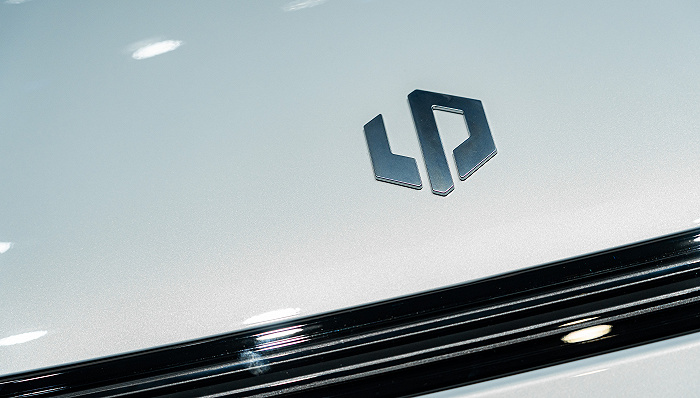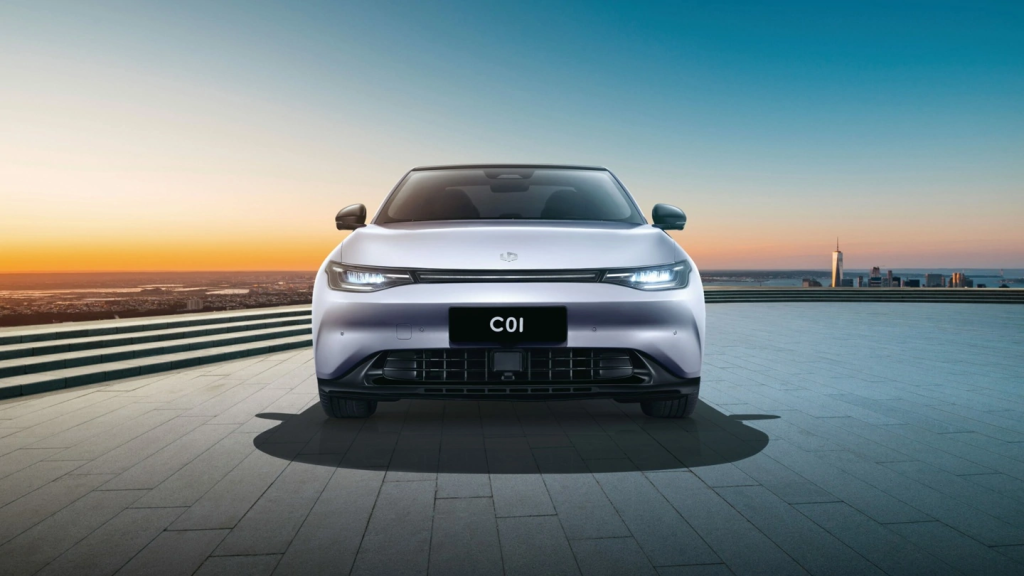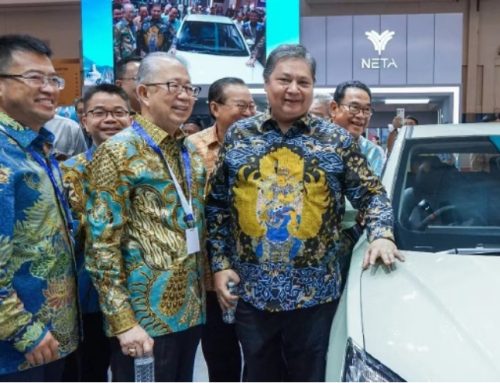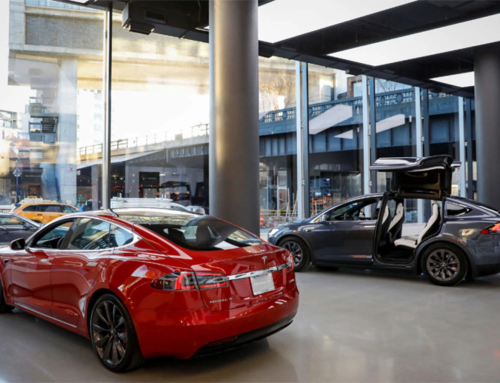In 2023, Leapmotor may reach cooperation with Indian car company

Indian new energy vehicle market
Indian automakers, on the one hand, have taken a fancy to the country’s development potential in the field of new energy vehicles, and at the same time need to rely on China’s advanced electrification technology to meet the challenges of overseas auto companies.
China’s cutting-edge electrification technology is attracting global attention.
Following a number of Chinese automakers exporting complete vehicles overseas and setting up local chemical plants locally, technology going overseas is also becoming a new trend.
The editor learned from people familiar with the matter that Leapmotor, a new car-making force, is negotiating technical cooperation with an Indian auto company, but it is not yet confirmed that it is the Tata Group.
Leapmotor responded with no comment.

Leapmotor will cooperation with an Indian company
Previously, the Financial Associated Press reported that some foreign companies were negotiating cooperation with Leapmotor, and substantial progress had been made.
Once the cooperation is reached, Leapmotor will become the first new Chinese car company whose technology goes overseas.
Leapmotor will also obtain a second source of profit through technological output.
As a representative of new domestic second-tier car manufacturers, Leapmotor emphasizes that the global self-research model is close to that of Toyota and Tesla.
According to Leapmotor’s Hong Kong stock prospectus, except for batteries and interior and exterior decoration, which are outsourced, algorithms, software and hardware, electronic and electrical architecture, chips, etc. are all self-developed.
In terms of research and development results, it has successfully developed the industry’s first mass-produced battery pack-free CTC technology, the industry’s first variable architecture oil-cooled electric drive, etc.
Zhu Jiangming, chairman of Leapmotor, said in an interview with media that with the gradual integration of smart car software and hardware, the cost of replacing parts will become very high in the future.
According to Cao Li, senior vice president of Leapmotor, the C01 model of Leapmotor uses the CTC chassis integration technology to reduce the cost of the whole vehicle by about 1600 RMB.
This helps Leapmotor have a significant advantage in battery cost.
However, Leapmotor’s low R&D investment cost has also aroused doubts about its “global self-research”.
The financial report shows that Leapmotor’s R&D investment in 2022 will be 1.411 billion RMB, while NIO’s car R&D investment has reached 10.84 billion RMB in the same period, and Li Xiang’s car R&D investment, known as the “small structure”, also doubled to 6.78 billion RMB last year.
If Leapmotor can achieve external technology export, it will also help to open up more income channels besides selling cars.
At present, Leapmotor is the only company with a negative gross profit margin among the new listed car manufacturers, and its gross profit margin in 2022 is -15.4%.
The gross profit margins of NIO Automobile and XPENG Automobile were 10.4% and 11.5% respectively last year, and that of Li Xiang Automobile reached 19.4%.
In the earnings conference call, Leapmotor Senior Vice President and Secretary of the Board of Directors Jing Hua said that the company expects to achieve a positive gross profit margin in 2023, but considering the overall current market environment with fierce competition, the timing of improvement needs to be adjusted according to market changes.
Different from “NIO&XPENG&Li”, Leapmotor emphasizes the use of self-developed technology to achieve the ultimate cost-effectiveness-you can buy a car with a configuration of 300,000 to 400,000 RMB at a price of 150,000 to 200,000 RMB.
This cost-effective route is doomed that Leapmotor will bear higher cost pressures, and it needs to expand its scale with small profits but quick turnover to balance manufacturing and R&D costs.
According to sales data in June, Leapmotor delivered a total of 13,200 units, of which 11,600 units were delivered for high-priced C-series models, accounting for over 87%.
In the first half of this year, Leapmotor delivered 44,500 vehicles, down 14.41% from 52,000 vehicles in the same period last year.
It is worth mentioning that Indian automakers who intend to purchase Leapmotor’s electrification technology, on the one hand, have taken a fancy to the country’s development potential in the field of new energy vehicles, and at the same time need to rely on China’s advanced electrification technology to meet the challenges of overseas auto companies.
As early as 2017, the Indian government issued the “National Electric Vehicle Mission Plan”, proposing to sell 6 million to 7 million electric vehicles per year by 2020.
However, due to various factors such as insufficient charging facilities, the penetration rate of new energy vehicles has not met the expectations of the Indian government.
At present, the Indian government hopes to revitalize the industry through car purchase subsidies and production incentive systems, and increase the penetration rate of battery electric vehicles to 30% by 2030.
The Indian auto giant Tata Group has launched two new energy models, and has dominated the low-end pure electric vehicle market with its price advantage; another local Indian auto company, Mahindra, has also launched a new electrification platform, and launched two brands and five concept models based on this platform.
It is reported that the platform shares some components with the Volkswagen MEB platform.
However, there is still a gap between Indian local brands and Chinese auto companies in terms of product competitiveness, and many new energy vehicle manufacturers at home and abroad are interested in investing and setting up plants in India.
In October last year, BYD announced to officially enter the Indian passenger car market, and released the pure electric SUV ATTO 3.
The battery electric coupe Seal will also be released in the fourth quarter of this year;
SAIC MG has also launched two battery electric vehicles locally, and will strengthen cooperation with local Indian companies to launch more electrified models.
Separately, Tesla is in discussions with the Indian government to build a car factory in the country with an annual capacity of up to 500,000 vehicles.






Leave A Comment